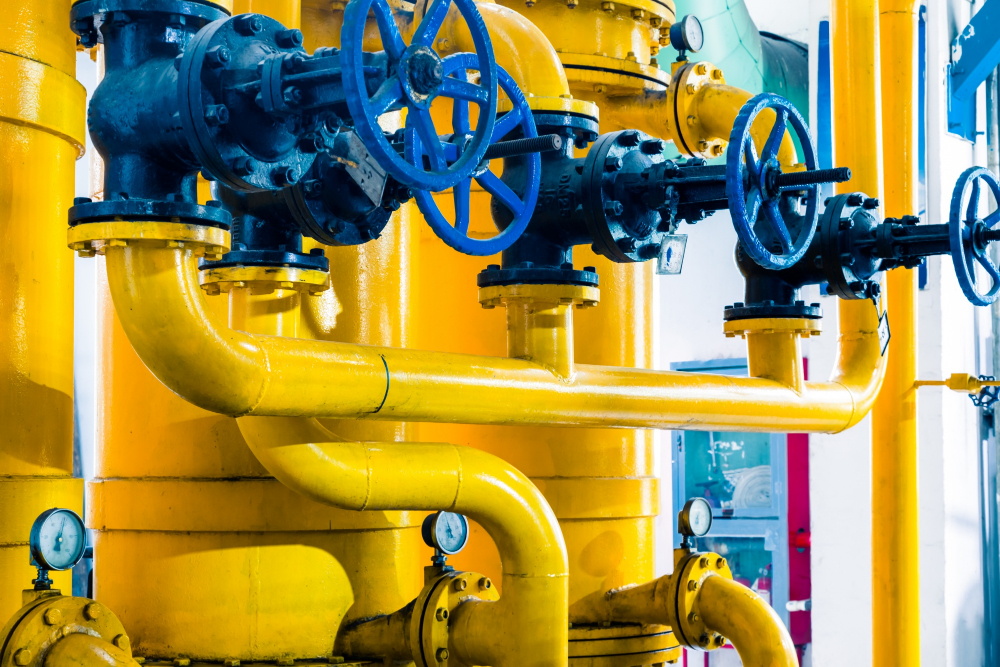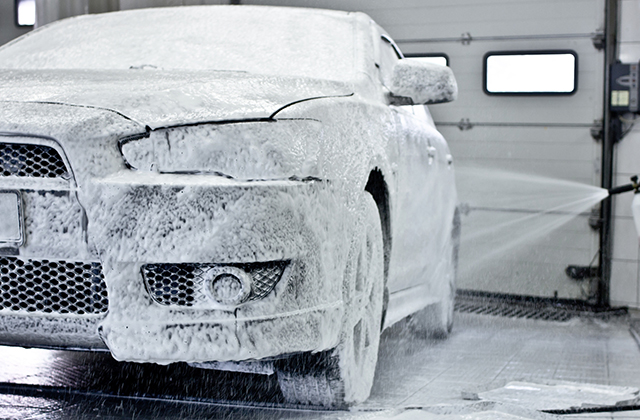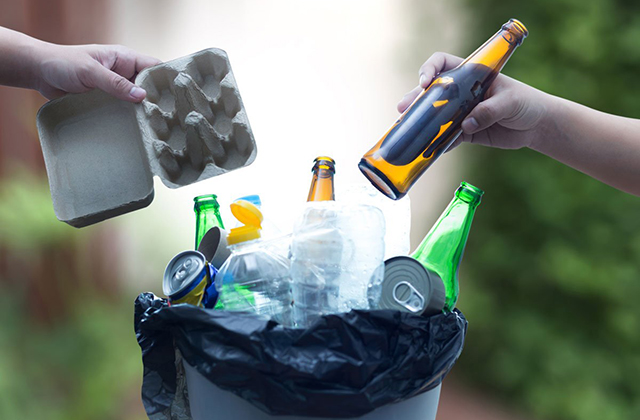Introduction
When you need to repair a pipe or simply replace it, there are two options: you can either have new pipes installed or you can have your existing pipes relined. Both processes have their pros and cons, but it’s important to know what your options are as they’ll impact the overall cost of your repair job. In this article, we’ll explore the differences between these two methods so that you can make an informed decision about which option is best for your home. It is not a problem if you have a pipe leak because I can recommend a pipe relining solutions Sydney near you.
A pipe lining process can save you money, time and stress.
In the case of a pipe lining process, you don’t have to replace the entire pipe. In fact, relining is a cheaper option than replacement. You also save time and stress as well by avoiding an inconvenient disruption of your daily life like digging up your yard or business space for a few days.
Relining is less disruptive because it can be done in a shorter period of time than replacement; usually only one day is needed to complete this process. Plus, it takes less manpower and materials than replacing an entire pipe would require so there is less cost involved as well.
New pipes are often more durable than relined pipes.
New pipes are often made of a stronger material than relined pipes. This means that they may last longer. Relined pipes, on the other hand, can be made from any number of materials and have a tendency to need relining again in the future.
Relining can be completed quickly.
One of the main reasons relining is a better option than replacing pipes is that it can be completed quickly. Most reline jobs take one or two days, and even complicated relines usually take less than a week. You will be able to get back to using your water system again much sooner if you choose this option over replacement.
Different materials are used for relined and new pipes.
New pipes are made of cast iron, steel or plastic. Relined pipes are made of PVC, CPVC or PEX. PEX is the most common material used for relined pipes.
The main difference between the two types of piping is that new pipes can be easily cut and joined while relinings are not solderable and cannot be cut without doing damage to the pipe itself.
Some people prefer the aesthetics of a new pipe over a relined pipe.
Some people prefer the aesthetics of a new pipe over a relined pipe. When it comes to aesthetics, new pipes are often more durable than relined pipes. Relining can be completed quickly and there are different materials used for both options depending on your needs and budget. Some people prefer the aesthetics of a new pipe over a relined pipe because they will not have any problems with the material being damaged or the color fading away after several uses.
Both processes have their pros and cons, but it’s important to know what your options are.
Both processes have their pros and cons, but it’s important to know what your options are.
Relined pipes are often quicker and easier to install, but new pipes are more durable. A relined pipe will last for decades if properly maintained, while a new pipe can last for centuries with proper care. New pipes tend to be made of stainless steel or copper (or plastics), while relined ones may be made from different materials depending on the condition of the existing pipe.
New pipes can also help improve aesthetics because they often come in different colors than those used in many older homes’ plumbing systems (though this isn’t always true). Relined pipes can match whatever color scheme you have going on in your home for a sleeker look as well!
Conclusion
If you’re looking to replace your pipes, there are a lot of factors to consider. We hope that this article has helped shed some light on the differences between relined pipes and new ones so that you can make an informed decision about which option is best for your home. If you have any questions about this process or want more information before deciding what type of pipe replacement works for your unique situation, contact us today!




